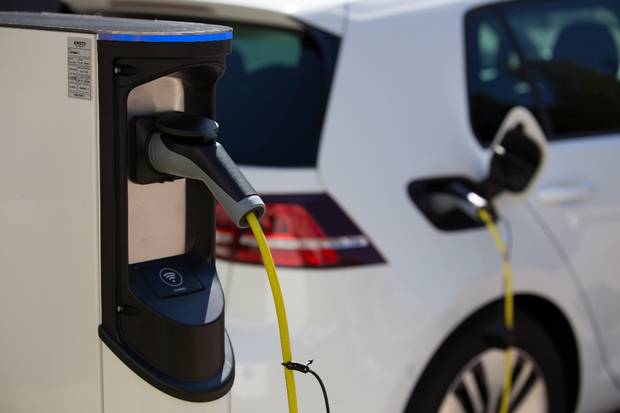Being a NASCAR or a Formula 1 racing car driver requires a high level of physical fitness according to leading sports scientists, something that seemed far from reality even 20 years ago with leading racing car drivers renowned to having a cigarette or two after a race when things were much different when cigarette companies used to sponsor many of the NASCAR and F1 racing cars.
According the Toro Rosso team principal Franz Tost, elite sports fitness has progressed across all sports, he said that “this is nothing to do only with Formula One; this is in all the other sports as well, in skiing and so on,” He continues, “our drivers have special physical training plans. They have their own coach, they have a nutrition plans.”
In a recent interview conducted by Betway, F1 performance coach Eliot Challifour explains further that F1 drivers’ fitness should be considered as high as the likes of Cristiano Ronaldo, Chris Froome and Mo Farah. The reason people might tend to overlook F1 driver’s fitness might in part be due to the fact that they are driving machines, thinking in that way about the drivers will be oversimplifying their strains during a grand prix race.
“Formula 1 drivers are extremely fit athletes,” says Eliot Challifour, a performance coach who has worked with former McLaren driver Stoffel Vandoorne and others over the course of his 15 years in motorsport.
“When they are in the car, they are actually sustaining heart rates very similar to that of a high-level distance runner or cyclist – it’s 80 per cent or more of their maximum heart rate they’re having to maintain for a couple of hours.
“Although they’re not running or moving, they’ve got a lot of forces that are being applied to them. They’re coping with five or even six times their body weight.”
With a G-force of up t 6.5G during a NASCAR or F1 race, one needs to appreciate that this downforce generated by an F1 car means that drivers need a strong neck that can “hold five to six times the weight of their head” – to endure the stress on their upper body.
Challifour adds that “Brake forces often get forgotten – the actual force that drivers actively have to exert on the pedal is around 80 kilograms, multiple times each race.” With drivers typically losing an average of 1.4 litres of sweat over the course of a two-hour race, and add to that humidity which can regularly be the case in some race courses around the world, it is a little surprising that the driver’s physical fitness not only allows drivers to drive the car, but also to remain concentrated as the race unfolds around them.







